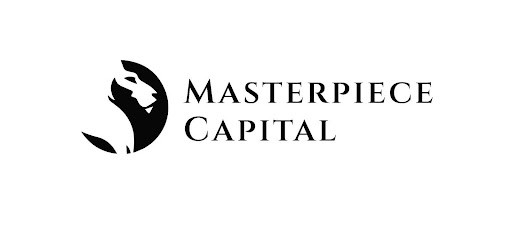How Moving Tax Strategy into Q3 Gives Businesses Time to Optimize Salary, Distributions, HSAs, Trusts, and Philanthropy

Businesses and individuals habitually sprint toward December with a shoebox of receipts and a desperate to-do list. That instinct, leave tax planning until Q4, makes sense emotionally but is expensive practically. As Carlos H. Lowenberg Jr., founder of Masterpiece Capital, says, "Planning in Q3, not Q4, turns tax season from a fire drill into an intentional strategy."
"Start with time. When you plan in Q3, you gain breathing room to explore options that take weeks or months to execute, trusts, donor-advised funds, or entity restructuring, rather than forcing hasty purchases or rushed write-offs in December," Lowenberg points out. "Last-minute moves are often hasty decisions that are not optimal, and thoughtful timing unlocks more opportunities you simply can't access at the eleventh hour."
Some concrete levers are low-hanging fruit but time-sensitive. The so-called "Augusta Rule," for example, lets a business rent a principal residence tax-free for up to 14 days each year when properly documented, an easy Q3 play for companies that hold retreats or client events. The rule is rooted in Section 280A guidance and has been widely explained by tax advisers.
Other tax tools require setup or election windows. Section 179 and bonus depreciation let businesses expense qualifying equipment in the year placed in service; those elections are strategic choices that are simpler to evaluate and implement with several months' lead time rather than in the last two weeks of December. The IRS outlines the parameters and inflation-adjusted thresholds planners should consider.
Lowenberg says, "Philanthropy is a classic example of where Q3 planning amplifies results. Rather than scattering small gifts across multiple years, donors who 'bunch' contributions into a single tax year, often via a donor-advised fund, can exceed the standard deduction and unlock meaningful itemized benefits, then disburse grants to charities over time." Charitable bunching is a standard planning tactic recommended by giving experts.
Family-level moves, what Lowenberg calls the "bracket" strategy, also illustrate the power of lead time. Shifting investment income into the names of family members in lower tax brackets, or funding trusts for children, can reduce an owner's marginal rate; these moves require careful timing and calculations to avoid traps like the 'kiddie tax' and often need weeks to structure properly. The IRS describes the kiddie tax rules and the conditions under which a child's unearned income may be taxed at a parent's rate.
Health planning is another seasonal opportunity. Open-enrollment windows and HSA rules mean Q3 conversations let individuals choose higher-deductible plans paired with Health Savings Accounts, capturing deductible HSA contributions that compound tax benefits. HSA rules and contribution limits are updated annually by the IRS and should be factored into any Q3 strategy.
There are technical moves that become feasible with time. You can evaluate salary versus distributions for business owners, lend capital to an entity and structure repayment as interest instead of wage income, or establish a retirement plan that yields startup credits for small employers. Many of these ideas require governance documents, trustee appointments, bank setups, or payroll changes, tasks that are much easier to complete well before December.
Concrete examples bring the point home. Lowenberg recalls advising a client to create a charitable trust: "We will probably put a million dollars into a trust; he's going to save thousands of dollars in taxes." That sort of multi-month implementation, legal paperwork, trustee selection, and funding logistics can't be done responsibly in a week.

If Q4 remains the habit, start small in Q3: run a realistic income forecast, identify one or two structural plays (equipment purchases eligible for Section 179, a donor-advised bunching year, or a documented Augusta-Rule retreat), and schedule advisory calls. Masterpiece Capital's role is to translate these options into a practical calendar so that year-end is execution, not triage.
Tax planning is not tax avoidance; it is disciplined navigation through rules that reward foresight. "You can take some organization and lower your tax bill," Lowenberg says. And sometimes, saving taxes is as effective as earning more revenue.
A practical Q3 checklist, forecast revenue, review deferred receivables, document planned capital expenditures, and pick one philanthropic or family strategy to implement, turns ambiguity into a measurable plan. Early action creates choices; waiting erases them.
© Copyright IBTimes 2025. All rights reserved.





















